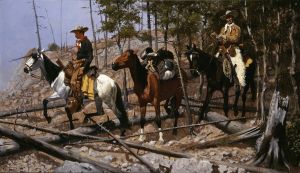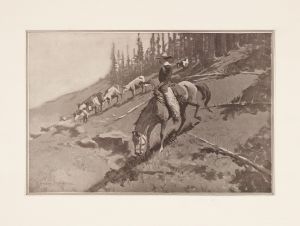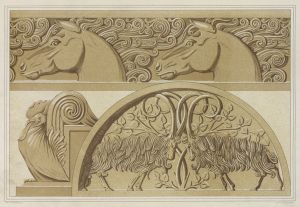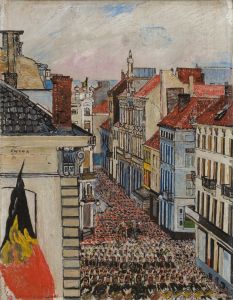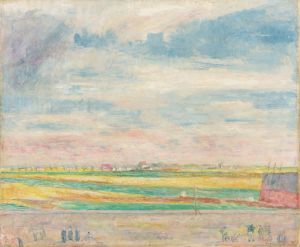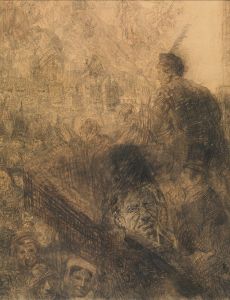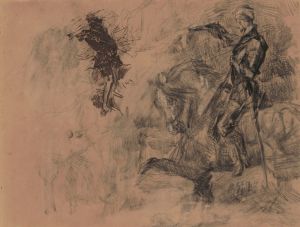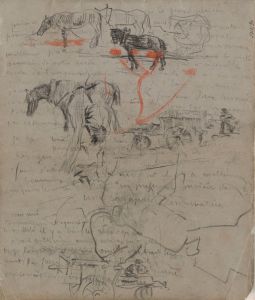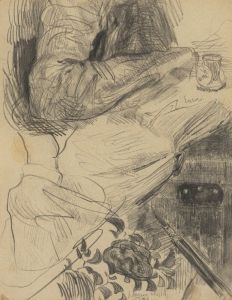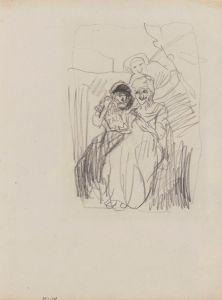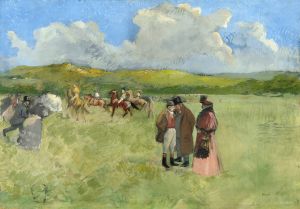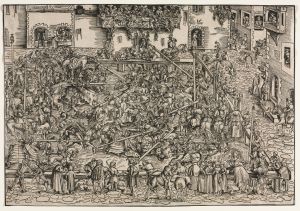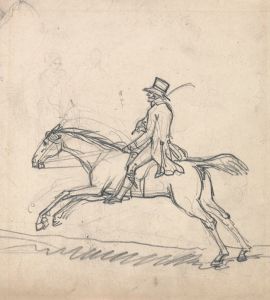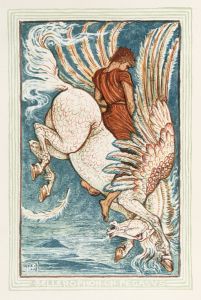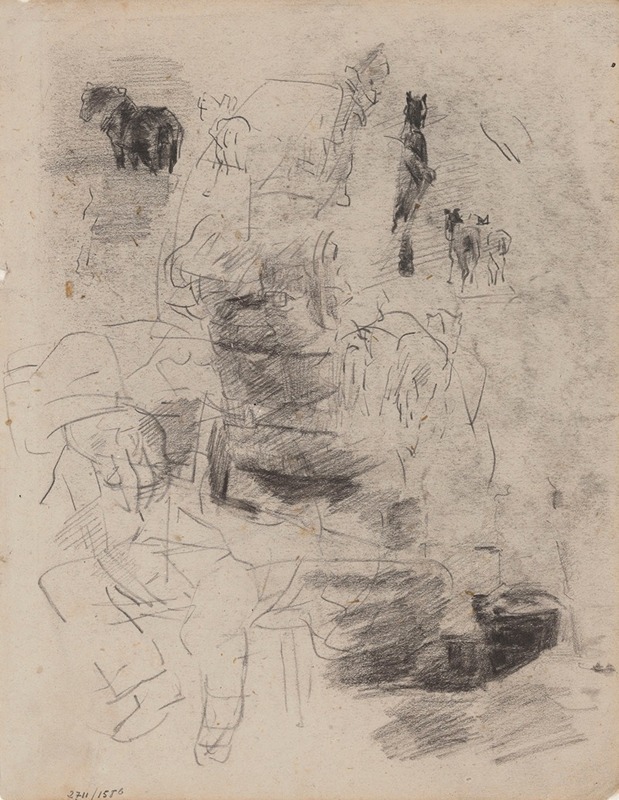
Horses and Seated Man
A hand-painted replica of James Ensor’s masterpiece Horses and Seated Man, meticulously crafted by professional artists to capture the true essence of the original. Each piece is created with museum-quality canvas and rare mineral pigments, carefully painted by experienced artists with delicate brushstrokes and rich, layered colors to perfectly recreate the texture of the original artwork. Unlike machine-printed reproductions, this hand-painted version brings the painting to life, infused with the artist’s emotions and skill in every stroke. Whether for personal collection or home decoration, it instantly elevates the artistic atmosphere of any space.
James Ensor, a prominent Belgian painter and printmaker, is known for his unique and often surreal style that blends elements of symbolism and expressionism. One of his lesser-known works, "Horses and Seated Man," reflects his distinctive approach to art, characterized by vivid colors, unconventional subjects, and a sense of the grotesque.
James Ensor was born in 1860 in Ostend, Belgium, and spent most of his life there. He was a key figure in the Belgian avant-garde movement and played a significant role in the development of modern art in Europe. Ensor's work often features themes of death, masks, and skeletons, reflecting his fascination with the macabre and the absurdity of human existence.
"Horses and Seated Man" is a painting that exemplifies Ensor's interest in unusual and thought-provoking subjects. Although specific details about the creation and exhibition history of this particular painting are scarce, it is consistent with Ensor's broader body of work, which often includes fantastical and dream-like scenes.
The painting depicts a seated man surrounded by horses, a motif that Ensor used to explore themes of power, chaos, and the relationship between humans and animals. The horses in Ensor's work are often depicted with exaggerated features, lending them an otherworldly quality. This stylistic choice aligns with Ensor's tendency to distort reality to convey deeper psychological and emotional truths.
Ensor's use of color in "Horses and Seated Man" is likely bold and expressive, as seen in many of his other works. He often employed a vibrant palette to create contrast and draw attention to specific elements within his compositions. This use of color not only enhances the visual impact of his paintings but also serves to underscore the emotional intensity of his subjects.
Throughout his career, Ensor was known for his ability to blend humor and horror, creating works that are both unsettling and intriguing. His paintings often challenge viewers to confront uncomfortable truths about society and the human condition. "Horses and Seated Man" fits within this framework, inviting interpretation and reflection.
Ensor's influence on modern art is significant, with his work inspiring later movements such as expressionism and surrealism. His willingness to push boundaries and explore unconventional themes paved the way for future artists to experiment with form and content.
While "Horses and Seated Man" may not be as widely recognized as some of Ensor's other masterpieces, it remains an important part of his oeuvre, showcasing his unique vision and artistic innovation. Ensor's legacy continues to be celebrated in museums and galleries worldwide, where his work is appreciated for its originality and enduring impact on the art world.





